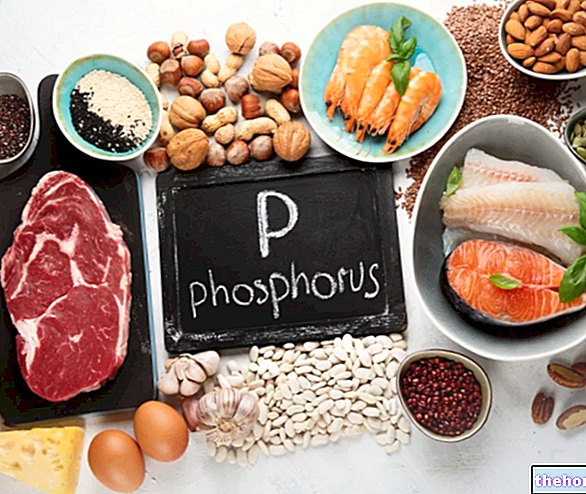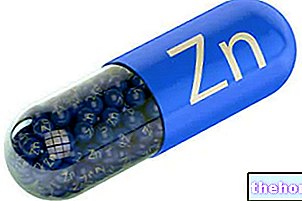Generality
Semi-essential are those fatty acids belonging to the omega 6 and omega 3 series, which derive respectively from the biosynthetic pathway of linoleic acid (LA) and alpha linolenic acid (ALA).

Essential and Semi-essential Fats
Linoleic acid and alpha-linolenic acid are essential fatty acids because the human body is unable to synthesize them on its own.
As we have said, the relative semi-essential fatty acids, belonging to the omega six and omega three series, are obtained from the respective biosynthetic pathways.
The "semi-essential" adjective has been attributed because the introduction with food of these fatty acids, synthesized by the organism, is able to bypass the metabolic insufficiencies which we will discuss in the next paragraph. This is the reason why fish and "Fish oil, rich in semi-essential fatty acids of the omega 3 series, are considered a better source than oil and flax seeds, which are richer than their precursor, ie the essential fatty acid alpha linolenic acid.
It must also be said that the metabolic importance of semi-essential fatty acids is greater than that of their precursors. In turn, they are themselves precursors of substances that are fundamental for the health of the organism (for more information see the article on acids essential fats and that on eicosanoids).
Omega 6 Semi-essential Fatty Acids
The semi-essential fatty acids of the omega six series are:
- Gamma Linolenic Acid (GLA)
- Diomo-gamma-linolenic acid (DGLA)
- Arachidonic acid (AA).
Omega 3 Semi-essential Fatty Acids
The most important semi-essential fatty acids of the omega three series are:
- Eicosapentaenoic acid (EPA)
- Docosahexaenoic acid (DHA).
Essential Fatty Acids (EFA) and semi-essential fatty acids in food
Limiting Factors
There are factors that limit the production of semi-essential fatty acids from their precursors. The main ones are:
- Enzymatic insufficiency
- Incorrect intake of LA and ALA.




























